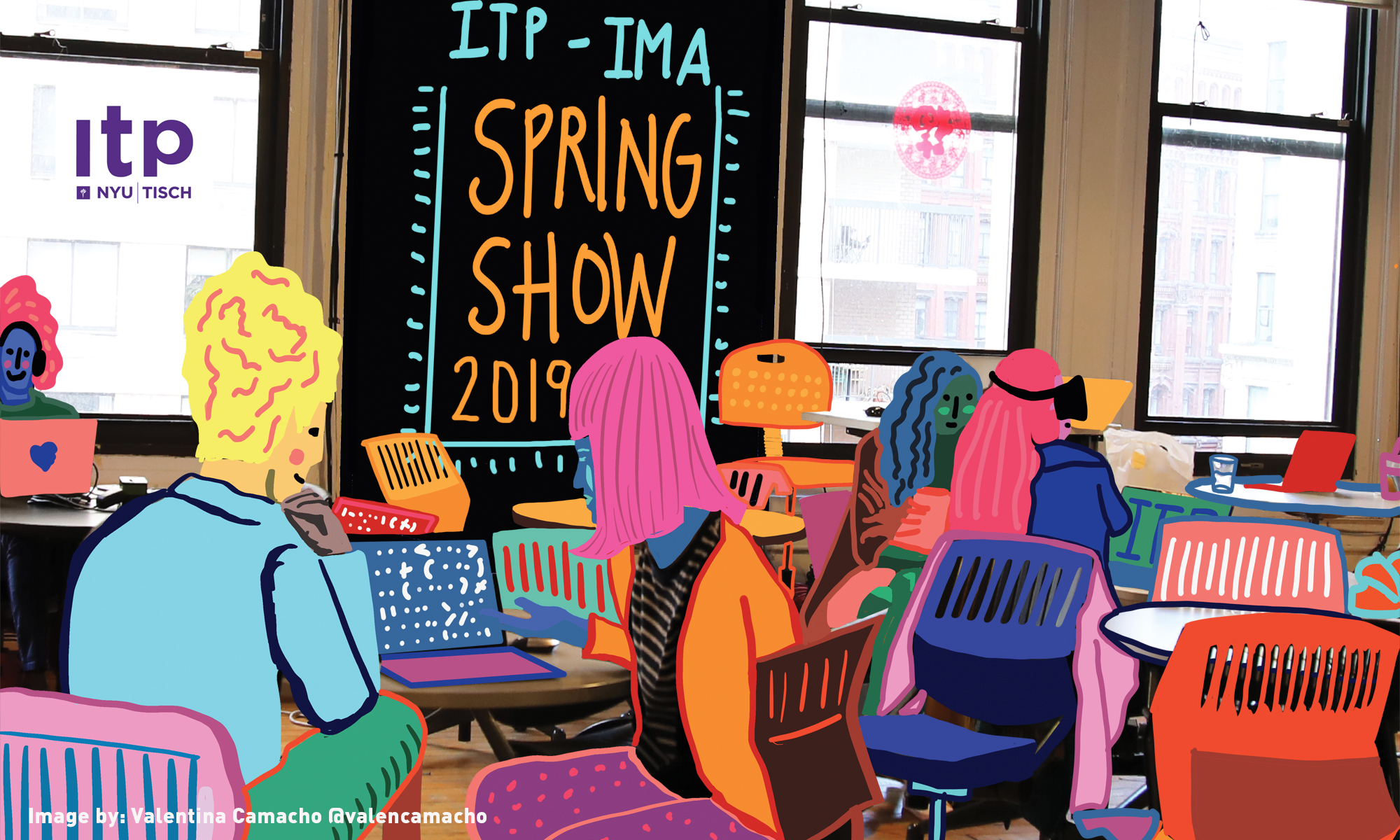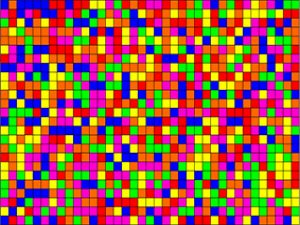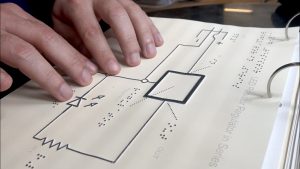Michael Blum
Through an educational learning hub and an interactive playground, both hosted on the same web app, Paralang aims to cultivate literacy, inspire curiosity, and arouse concern with respect to emerging neural language models.
Description
Recently released, state of the art language models have been shown to be able to produce text that is nearly indistinguishable from that produced by humans.
These recent advances, which have proved plenty controversial within machine learning circles, have caused ripples in the general media landscape as well, where coverage has been largely hyperbolic, excessive, and occasionally uninformed or even incorrect.
With the belief that this natural language generation technology, more than mere novelty, will gradually assume a more and more pervasive role in our everyday lives, I wanted to intervene, however modestly, and provide an accessible, beginner-friendly platform to help secularize this technology and elaborate on some of its inner-workings as well as its repercussions both for us as individuals and a society. I’d like to help answer questions like: what makes these recent advances so compelling and new? Or: how might existing societal problems by reproduced and reinforced by these advanced language models?
Ultimately, my aim is to help cultivate a more level-headed literacy as well as inspire both a sense of informed curiosity and concern with respect to these emerging models and their ramifications, with an emphasis on the recent and state of the art (particularly Google’s BERT and OpenAI’s GPT-2).
The platform consists of two components, both hosted on a single web app. One is educational, revolving around a learning hub, glossary, and resources curated for all skill levels — newcomer, intermediate, and advanced. The other is interactive, comprising of a “playground†encouraging hands-on experimentation with some of the language models featured in the educational component.
Altogether, the platform is built to accommodate non-linear engagements — users can begin with the learning hub and progress through to the playground, or simply jump to the playground, or maybe even just skip around between glossary and resources.
Classes
Thesis



